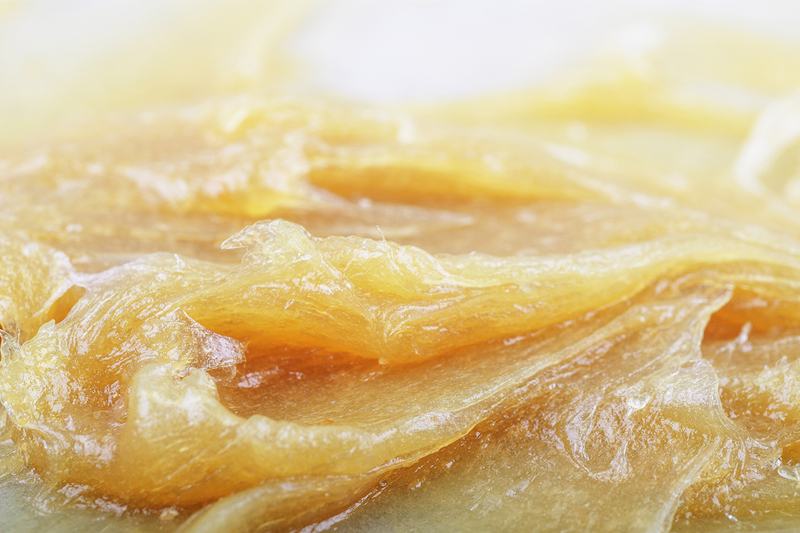It is used in all kinds of applications, from bearings and gearboxes to gear wheels and chain systems. It reduces friction, protects against corrosion and seals against water. Then, of course, there’s the unique aspect that it stays in places where oil would simply run off. We are of course talking about lubricating grease. FUCHS Lubricants provides an overview.
The basics of grease
A lubricating grease comprises 80 to 90% base oil, and of course, the choice of oil affects the grease performance. Both mineral and synthetic base oils can be used. The synthetic oils can lend the grease properties that mineral oil can’t, such as a wider temperature range, greater chemical resistance or better electrical properties.
Stays in place
Lubricating grease should provide good lubrication to reduce friction and abrasion and, just like lubricating oils, should also protect against corrosion. However, grease also has unique advantages over oil. It can provide a seal to keep dirt, water and contaminants out of the lubrication point. Grease stays where it is applied, and so can lubricate in areas where an oil would simply run off. This is the reason grease is used to lubricate all kinds of different applications, such as ball, roller and slide bearings, gearboxes and open gear wheels.
Grease or oil?
Because of its consistency, grease stays put in the lubrication point, it has sealing properties, offers good corrosion protection and can withstand heavy loads. However, grease does have some limitations. Unlike oil, grease cannot conduct heat away, for instance in an engine which needs cooling. Nor can lubricating grease be filtered to increase its purity. It’s also difficult to separate water from grease.

Choosing the right grease
Each application places particular demands on the lubricating grease. When choosing the right grease, it is important to consider everything from water, dirt and chemicals to temperature, speed and load. Just as with lubricating oils, the viscosity of the base oil is also important. Low viscosity base oils tend to work better at low temperatures, while lubricating grease with high base-oil viscosity is used with higher loads and temperatures. The speed/revs per minute in the application should also be considered. Low speeds call for a high viscosity base oil, while low viscosity base oils are better in fast-moving applications.
Blend wisely
When a new grease is being used in an application, it is important to know whether the new grease and the old one can be mixed. The best outcome is that no changes are observed, as that means the greases are miscible. The grease mixture may harden, and this can have devastating consequences for a centralised lubrication system. On the other hand, the grease mixture could also soften, which can cause leakage and bearing failure.
Warning: over-lubrication!
It is important to use the right amount of grease, and to lubricate at the correct frequency. More is not always better, and overdosing the grease can be a costly business. Over-lubrication of bearings can lead to higher temperatures and accelerate the oxidation of the grease, which breaks down and ages the grease far more quickly. This can lead to increased wear and eventually component failure.
Seals can also be damaged if bearings are over-lubricated. Too high of a pressure from a grease gun when lubricating bearings can damage the seal, which could enable water and contaminants to get into the bearing, leading to additional wear and corrosion.
To prevent this happening, be sure to review all lubrication points and draw up a maintenance schedule. The schedule will specify the right amount of lubricating grease and re-lubricating intervals.











